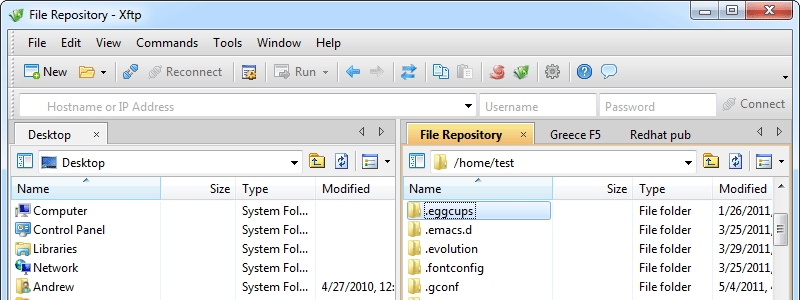Putty Serial Port Scripting
Oasisputtyname is the name of the PuTTY window once it's open, it will depend on the COM port selected. Locationputty is the location of the PuTTY executable. Both of these can be hard coded but I wanted to keep the variables separate from the functions. PuTTY is GUI application, not a console application. You cannot use input/output redirection with a GUI application. There's no way to execute a command on.
Windows PowerShell (POSH) is a command-line shell and associated scripting language created by Microsoft. Offering full access to COM, WMI and.NET, POSH is a full-featured task automation framework for distributed Microsoft platforms and solutions.SUBREDDIT FILTERS.

Putty Serial Configuration
RESOURCES. SCRIPT REPOSITORIES.
VIRTUAL LABS & BOOKS. BLOGS & PODCASTS. LIVE CHAT. NORTH AMERICAN USER GROUPS.
remote-capable. remote-capable. remote-capable. remote-capable. EUROPEAN USER GROUPS. EDIT: RESOLVED - thank you everyone, and special thanks to for correcting my syntax.I'm working on a small project to automate some of the functions of my stereo receiver, which has an RS232 serial interface.
I can enter any command listed on their command sheet successfully with PuTTY, but not when trying to issue commands via powershell.Ultimately I'd like to be able to take advantage of several available commands, but for now, all I want to accomplish is to have the receiver turn on and off via startup / shutdown scripts.I can reliably power the receiver on and off via PuTTY by manually typing on the keyboard using the following command #Powers on the reciverPWON#Sets the receiver to standbyPWSTANDBYIf I enter these commands in all caps followed by hitting enter in PuTTY, everything works. Putty is currently configured with the following serial configuration (bone stock, except for the COM port).COM port: COM6Baud rate: 9600Data bits: 8Stop bits: 1Parity: NoneFlow control: XON/XOFFSo step 2 is to try and create a powershell script that the system can execute on startup / shutdown. Here's what I've been trying with no success so far. $port= new-Object System.IO.Ports.SerialPort COM6,9600,None,8,1$port.open$port.WriteLine('PWSTANDBY')$port.CloseIf I connect to another serial device that I have on hand, I can read and write data to the serial interface. I'm now thinking that this has something to do with the way that PuTTY vs PowerShell write data to the serial interface, I just can't figure out what and am unsure how to troubleshoot further.Unfortunately, the serial interface of the receiver does not return any text unless a perfectly matched command is sent to it.
If a command is successfully received by the receiver, it will do the thing that I wanted it to do obviously, however it will also return a status code with the result via the interface. PuTTY does display these status codes after a command is successfully execute without issue.
Putty Log File Command Line
I run virtualbox for my personal VM solution, and the problem is sometimes you need to access the serial port on those virtual machines. I have never found an easy way to do this, but then i saw a post that gave me an idea. Over on someone posted that to connect to serial named pipes, they just type in the pipe name as the serial port.So i went about trying to figure out how to configure that in VirtualBox and it worked, so now i’ll share with you my configuration:Configuring VirtualBox. Open up VirtualBox. Go into Settings.
Select Serial Ports. Click on “Enable Serial Port”. For port number, select the port of the virtual machine that you want to conect to, in my case its “Com1”. For port mode, select “Host Pipe”. Check the “Create Pipe” box. For Port/File Path fill it in with the following value. Pipe comportname comportname can be whatever name you want to give it.
That is it on the VirtualBox side, now to configure Putty!Connecting with Putty. Open Putty. Under connection type, choose “Serial”.
In the “Serial Line” text box put in the name of the pipe that you used in the Virtual Serial port setup, in our case. Leave the “Speed” setting at 9600 and hit connect. once the window comes up, you should start seeing output from your virtual serial port, if you dont, hit enter once and voila!Thats all for today!!